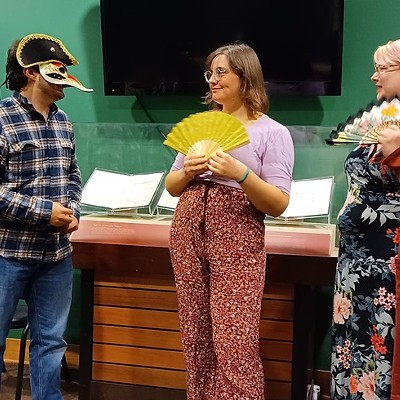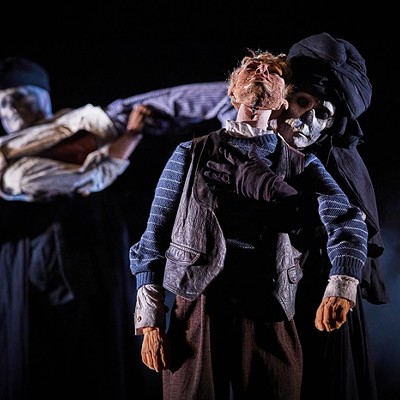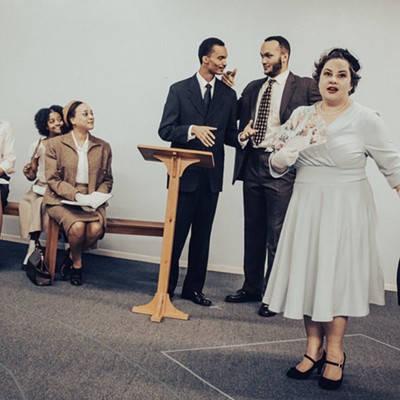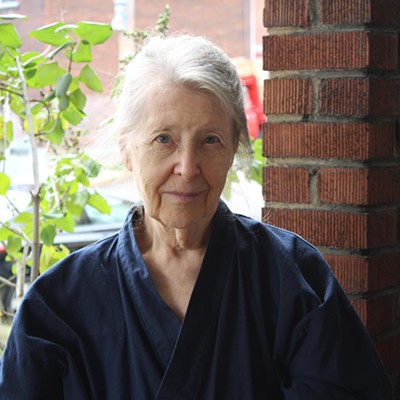In 1955, legendary photojournalist W. Eugene Smith traveled to Pittsburgh on a three-week assignment to produce 100 photographs representing "contemporary Pittsburgh" for the city's bicentennial. Smith was so fascinated by the city's fiery steel mills and scenic rivers that he stayed for a year, snapping 17,000 pictures. A colossal project he conceived -- a photo essay on 1950s America -- was never finished, but Smith left behind a stunning collection of photographs capturing Pittsburgh's shift from old mills to new skyscrapers.
Half a century later, playwright Megan Carney found her muse in Smith's work. Now she's produced Pittsburgh Project Remix, a play that is part documentary, part civic dialogue and part oral history. "I want to pick up some of the questions that Smith was going after in the '50s, like 'What is the story of the city?' and 'How do our lives connect with Pittsburgh's history?'" Carney, a Pittsburgh native who grew up when the mills were closing, spent a year interviewing locals across generations: retired steelworkers, high school students, newcomers, artists and historians. "I ask people: 'Tell me about your Pittsburgh,' or 'What surprises you about Pittsburgh?"
Taking poetic license, Carney interwove these stories with history into a play structured as multiple dialogues performed by a small cast of professional actors. The one-hour show plays Sept. 18-21 at Homestead's historic Pump House, among the few relics of Pittsburgh's steelmaking past. Audience members are invited to join in by sharing their stories after the play. "So often when I tell people these stories I hear exclamations like, 'Oh my god, that's my grandfather!' or 'That happened to my parents, too!'" says Carney.
Unlike Smith, Carney isn't seeking to define Pittsburgh's identity. "I don't think the play offers any answers," she says, "but it does open up a space to talk about all the possible answers." Collectively, Carney's stories show Pittsburghers' nostalgia, civic pride and anxieties about development.
In the play, a retired union ironworker talks about building a city with his hands: "I worked Renaissance One. Oh, yeah. I also worked Renaissance Two. One of my favorite things to do ... is to walk around this city and look at what I made. Lots of bridges ... That subway Downtown." A high school junior describes her connection to the city when she rows down the river at 4 a.m. every morning, using the bridges above as markers in the dark and watching the sun rise. Another character mourns the city's disappearing slate roofs and forested, sloping hills.
Carney fears Pittsburgh's history might be lost if not for such stories. "I read about how teen-agers going to the movies have no idea why there were smokestacks on the waterfront," says Carney, referring to the landmarks near Homestead's Loews Waterfront multiplex, part of a now-demolished mill. "How do we pass on not just the stories of our grandfathers who worked in the mills, but its importance, like how it influenced the following generations, and how it shaped our country?"
Pittsburgh Project Thu., Sept. 18, through Sun., Sept. 21. Pump House, 880 East Waterfront Drive, Homestead. Tickets are pay-what-you-can. 773-610-5514 or www.mcarneyprojects.com














